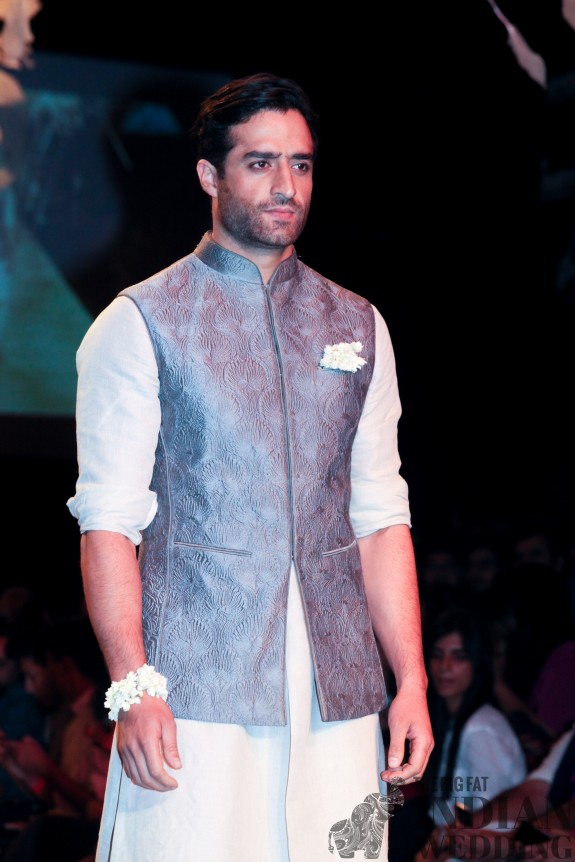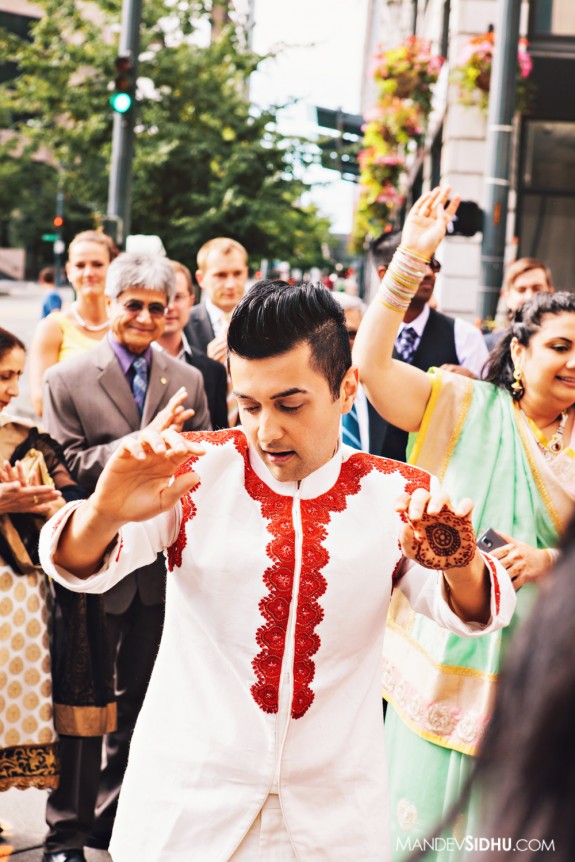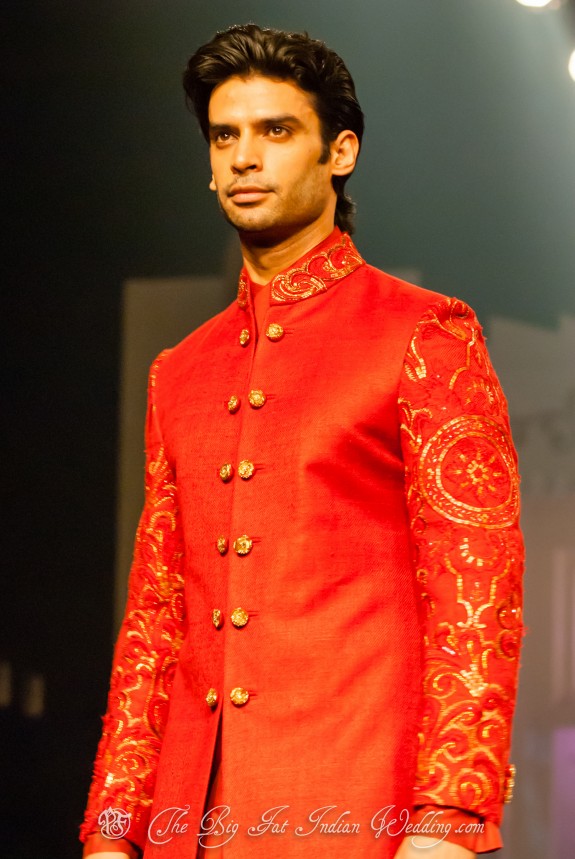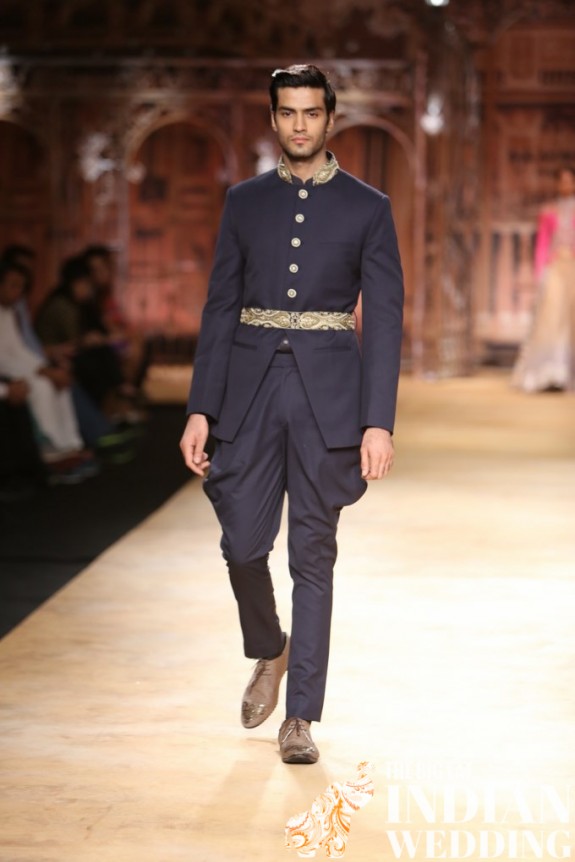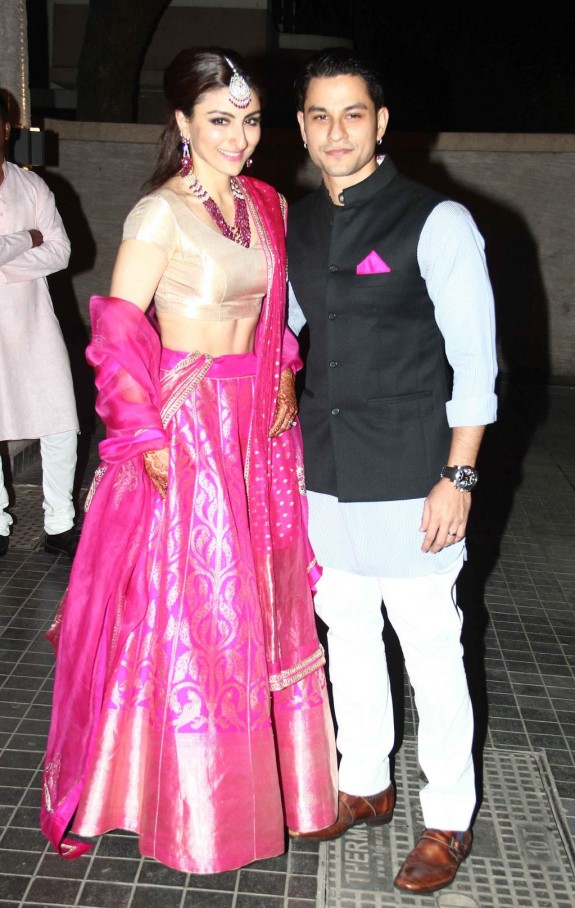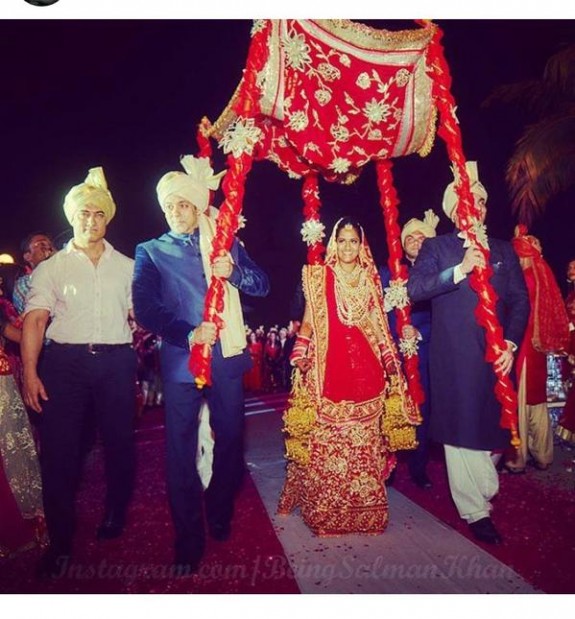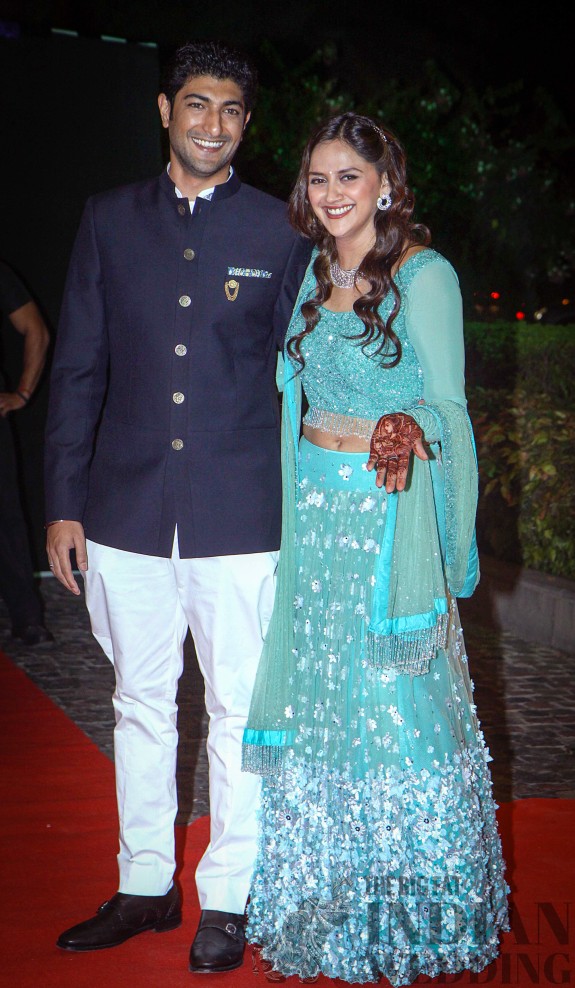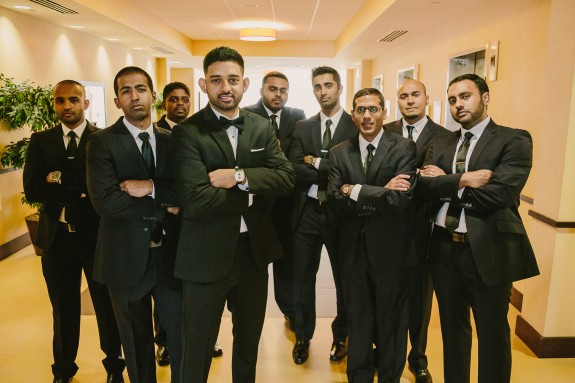South Asian men have substantially less choice when it comes to dressing up for a wedding or wearing a nice outfit to an event. However, the choices that they do have – such as the ever-elegant sherwani – are effortlessly fashionable.
Men’s jackets includes a broad range of clothing – from the famous Nehru jacket to the popular and versatile kurta. The jackets may be worn over dhotis, lungis, salwars, or jeans, but they add an Eastern regal flair to any menswear collection.
History
South Asian men’s jackets originated from the light, airy cotton shirts that men would wear in hot climates such as Egypt, Saudi Arabia, and the Indian subcontinent. “Kurta” refers to the Persian word for “collarless shirt.” These garments would be full sleeved and long in length so as to cover maximum skin while men worked outdoors. The time period of the shirt is unknown, but the English name, kurta, was used in the early 20th century.
Culture & Community
Men’s jackets evolve from the basic design of the kurta: the shirt covers the man’s arms and torso and is accompanied with trousers or dhoti cloths. Hindu communities wear the kurta with dhotis, lungis, or paijama pants – loose trousers made of light material. In Pakistan, tigher pants such as shalwars are worn, but the material is still loosely fitted and lightweight.
Across India and Pakistan, men’s jackets are used for daily wear and formal occassions. Politicians wore tailored jackets that differed in material and cut from the loose-fitting, white kurta. Buttons were soon introduced to the jacket as it became a part of proper military attire in 1970s India, as a form of the sherwani.
Typically, the kurta is worn in villages or lower class communities that do physical labor. Men who work in any professional environment wear a Western button down shirt with slacks instead of the traditional kurta or Indian jacket. The cheapness and versatility of the cloth makes it ideal for laborer attire.
However, men’s jackets are worn frequently during wedding ceremonies, albeit in a more embellished form than the white cotton ancestor. Unlike sherwanis, kurtas are shorter and more casual, so they can be worn to mehndi events, pujas, or lunches and dinners.
Styles
A traditional kurta is white, collarless, made of cotton, and falls below the waist but above the knees (unlike the longer sherwani). The cut is simple, shapeless, and the sleeves are not tapered or cuffed. The rectangular back pieces leave a side slit so that the wearer may move around more easily. The pants that accompany the jacket or kurta vary by community, but the modern trend is to wear tighter fitting shalwars.
While the traditional kurta was a pullover, men’s jackets todays often button in the front and have collars. Modern jackets have Mandarin collars and incorporate fabrics such as silk and satin.
The Mukatsari kurta is known for its slim cut and bold, shimmery designs. The jacket is popular amongst many Indian politicians for its classic look with a touch of fashionable sophistication.
Jawarhlal Nehru, India’s first Prime Minister, popularized the Nehru jacket, based off the sherwani. It is a tailored coat of hip length that has a Mandarin collar and buttons all the way down.
A modern Nehru jacket, by Anju Modi
A version of the Nehru collar includes vests that men wear over plain kurtas. These vests may have other collars besides the Mandarin, but the button down trend seems to be a timeless classic.
Tarun Tahiliani’s take on the Nehru-inspired vest
A wedding kurta is worn by grooms to more casual events such as the mehndi, pujas, and lunches. The kurta is always white or cream when worn to religious events, but it may be darker in color for more dressed up occasions. Beading and embroidery, as well as shiny fabrics such as silk, will decorate the kurta to suit formal wedding attire.
A groom wears a decorated white kurta for his religious wedding events, from Sean & Jono’s Fusion Wedding
Western suits and ties are also common groomswear, often worn to the wedding reception rather than religious ceremonies.
Designs
Patterns such as paisleys and flowers are common on men’s jackets, but menswear items tend to be less elaborate than women’s clothing. The jacket will often be simple, made of sturdy material such as linen or cotton, and kept bare apart from embroidery around the neck. Traditional kurtas, or those worn for laboring, are undecorated, white, and cotton.
Modern jackets and kurtas tend to be in darker colors for formal events and in white or cream for religious pujas.
A wedding kurta may be decorated even further with beads, or a dupatta. Indian motifs such as peacocks are more often seen in wedding groom or guest attire than in any other form of men’s jackets/kurtas.
A Narendra Kumar red kurta jacket might be seen on a groom
Inspiration
Men’s jackets are popular at runway shows such as the biannual Lakme Fashion Week, but they are also worn by politicians and grooms alike.
A Sulakshana kurta-churidar at India Couture Week 2014 demonstrates modern men’s jacket trends.
Soha Ali Khan’s husband Kunal Kemmu wore a smart vest and kurta ensemble to the wedding.
Salman Khan and his brothers walked their sister down the aisle in matching black kurta jackets.
Ahana Deol’s husband Vaibhav Vora rocked the black and white jacket look for his wedding too.
Many grooms in modern South Asian weddings opt to wear tuxedos to their wedding reception.
From Sheeba & Subin’s South Indian Wedding
While they are derived from the basic kurta, men’s jackets have come a long way to developing the South Asian menswear look into a classy and chic collection. Sharp collars, sleek buttons, and patterned fabrics have added personality to menswear, so women’s fashion doesn’t have to steal all the attention.
More from the Ultimate South Asian Style Guide: traditional South Asian saree, mekhela chador, Indian men’s pants, shararas and ghararas,Indian men’s hats, lenghas and half-saris, Indian men’s jackets, sherwanis, women’s salwar kameez, nauvari (nine yard) saris.


